MercoPress. South Atlantic News Agency
Tag: ice sheet
-
Tuesday, February 28th 2023 - 08:38 UTC
Antarctic ice reported to be at an all-time low
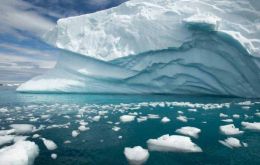
Antarctic sea ice was reported last Feb. 13 to consist of just 737,000 square miles (1.91 million square kilometers). These figures meant a significant drop from the 741,000 square miles (1.92 million square kilometers) recorded on Feb. 25 last year by the National Snow and Ice Data Center (NSIDC).
-
Tuesday, October 19th 2021 - 09:00 UTC
Widespread collapse of West Antarctica’s ice sheet is avoidable if we keep global warming below 2℃
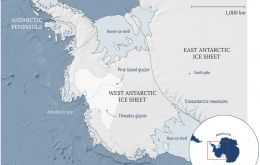
By Dan Lowry, Mario Krapp, Te Herenga Waka (*) – Rising seas are already making storm damage more costly, adding to the impact on about 700 million people who live in low-lying coastal areas at risk of flooding. Scientists expect sea-level rise will exacerbate the damage from storm surges and coastal floods during the coming decades. But predicting just how much and how fast the seas will rise this century is difficult, mainly because of uncertainties about how Antarctica’s ice sheet will behave.
-
Thursday, April 30th 2020 - 07:30 UTC
Drilling in Antarctica to take bedrock samples from beneath the ice sheet

Two new research projects – in partnership with British Antarctic Survey engineers – will drill deeper than ever before in Antarctica and in space. The first project, called INCISED, is led by the University of Durham, funded by the European Research Council, and has set its sights on the Antarctic. It will drill bedrock from beneath the polar ice sheets, with the goal being to retrieve scientific samples.
-
Thursday, July 11th 2013 - 07:08 UTC
Eight times Manhattan island iceberg breaks off from Antarctic glacier

Pine Island Glacier (PIG), the longest and fastest flowing glacier in the Antarctic, has spawned a huge iceberg. The block measures about 720 sq km in area - roughly eight times the size of Manhattan Island in New York.
-
Wednesday, December 5th 2012 - 19:50 UTC
Polar ice sheets melting have added 11mm to global sea levels since 1992
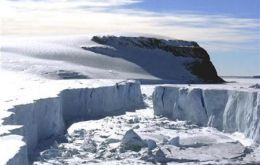
Nearly two dozen research teams collaborated to study polar ice sheets in Greenland and Antarctica and discovered definitively that they have added 11mm to global sea levels since 1992, melting ever more quickly.
-
Wednesday, July 25th 2012 - 07:42 UTC
Greenland’s massive ice sheet “unprecedented” melt puzzles Nasa scientists
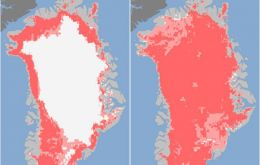
Greenland's massive ice sheet has melted this month over an usually large area, Nasa has said. Scientists said the “unprecedented” melting took place over a larger area that ever detected in three decades of satellite observation.
-
Monday, September 19th 2011 - 21:17 UTC
Times Atlas triggers controversy on the rate of Greenland’s ice loss
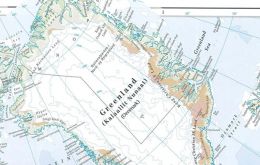
The Times Atlas of the World exaggerated the rate of Greenland's ice loss in its thirteenth edition last week, scientists said on Monday.
-
Wednesday, March 9th 2011 - 21:17 UTC
Ice losses in both caskets and rising sea level faster than estimated
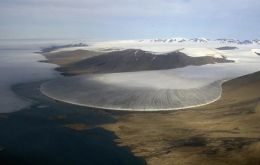
Ice loss from Antarctica and Greenland has accelerated over the last 20 years, research shows, and will soon become the biggest driver of sea level rise. From satellite data and climate models, scientists calculate that the two polar ice sheets are losing enough ice to raise sea levels by 1.3mm each year.
